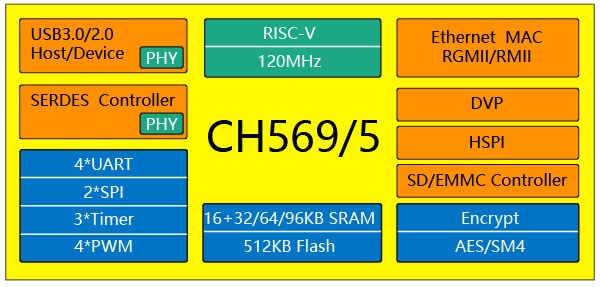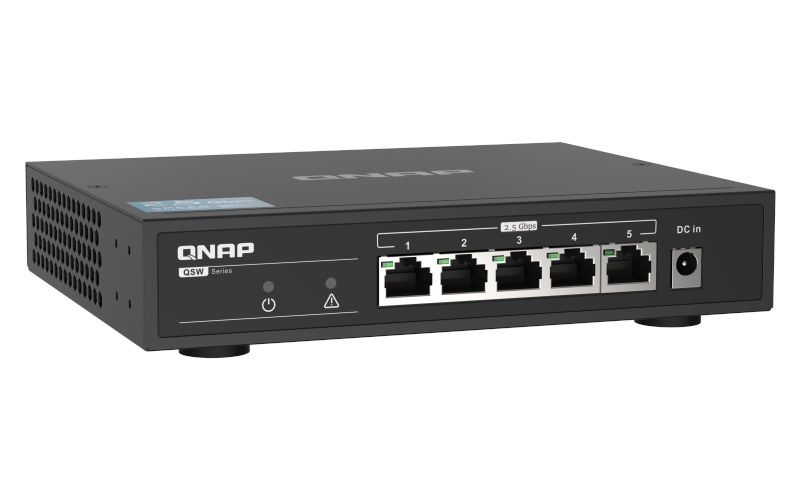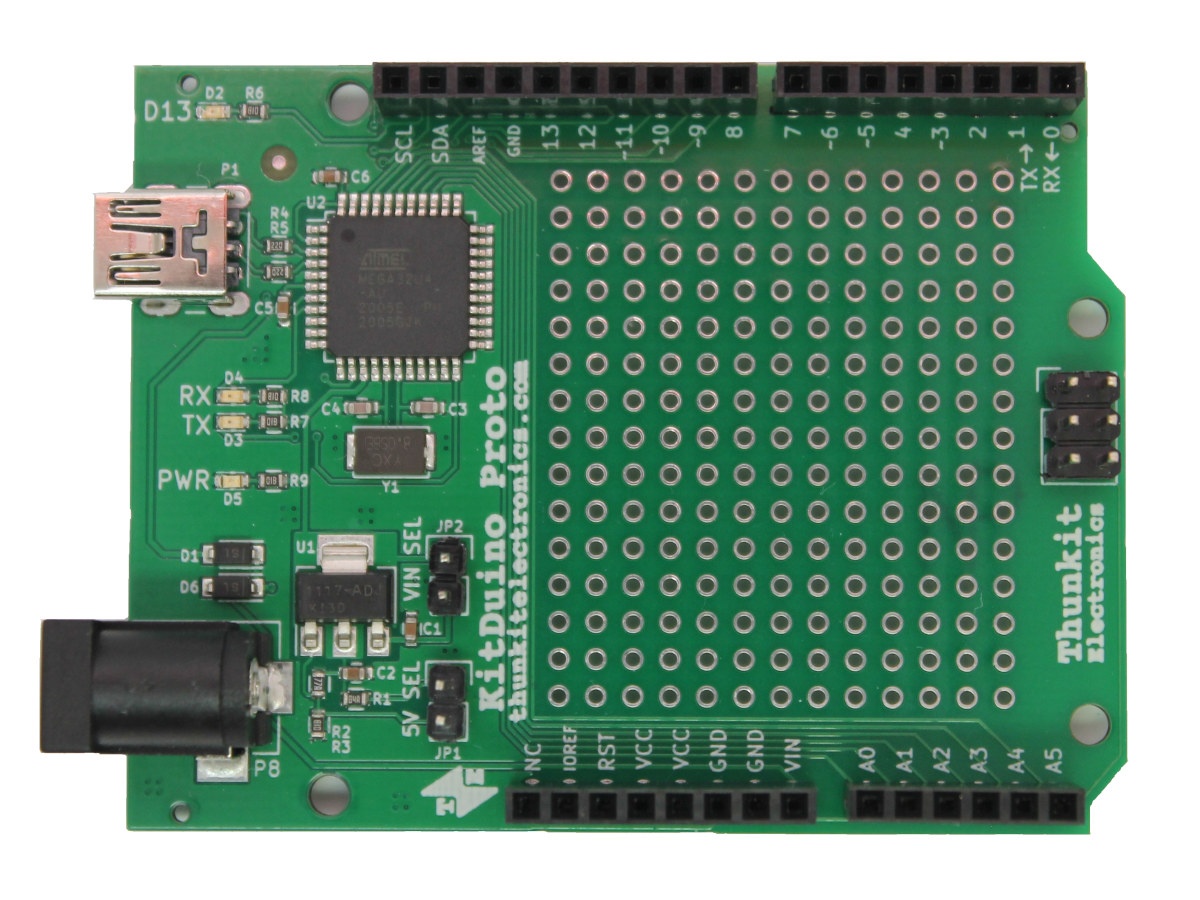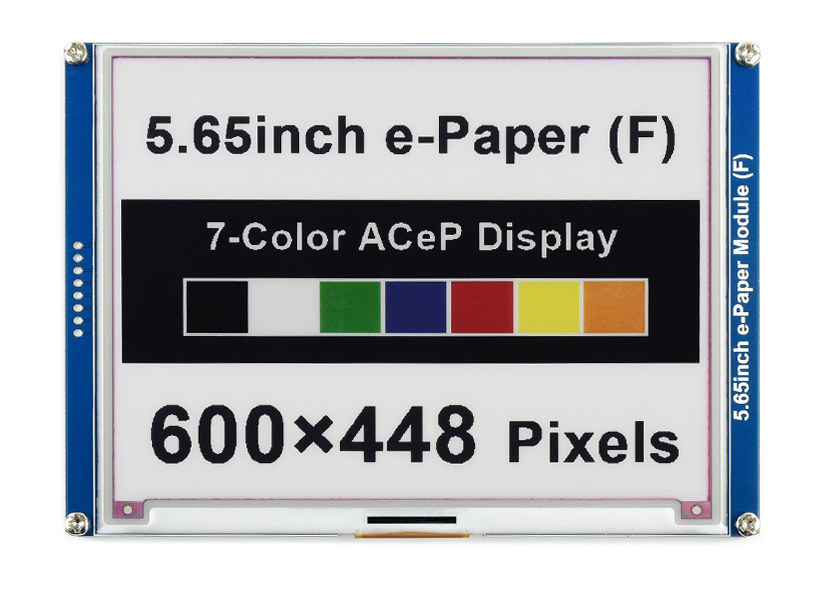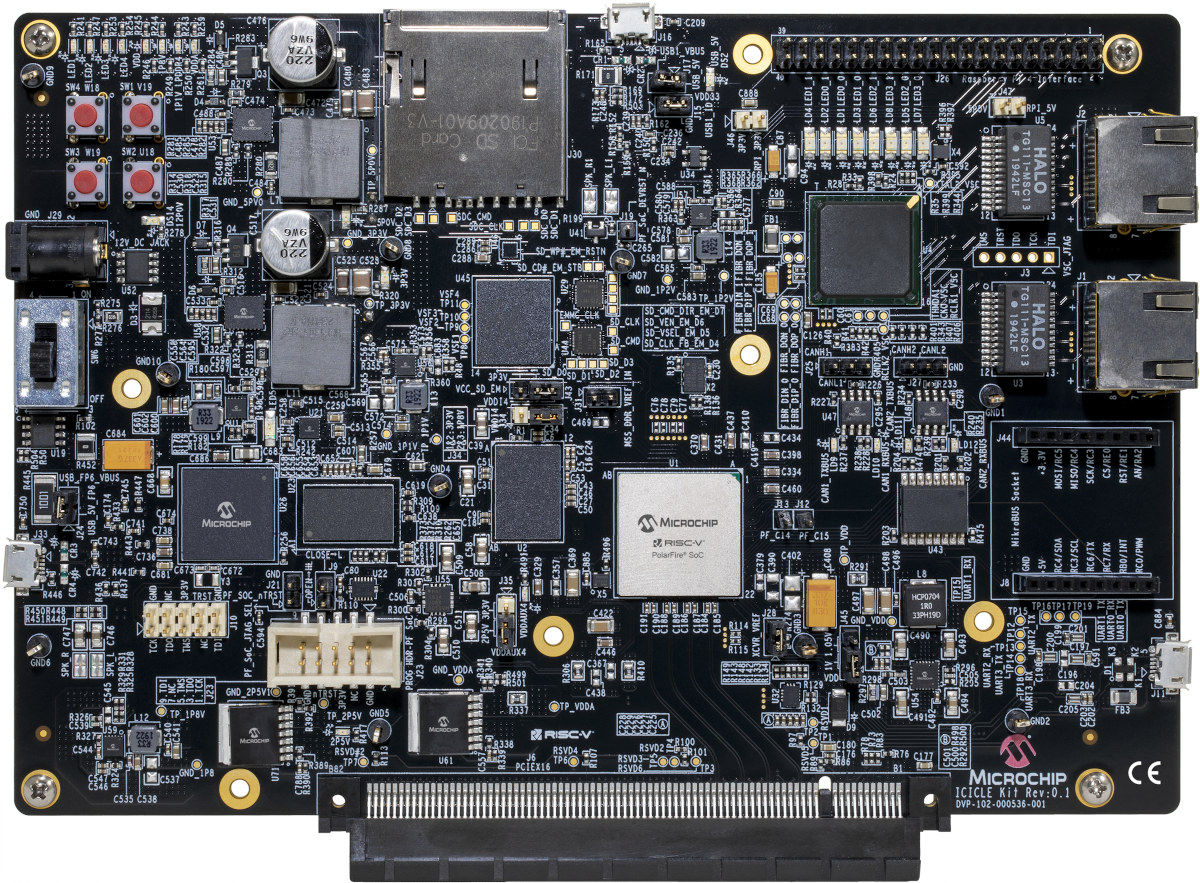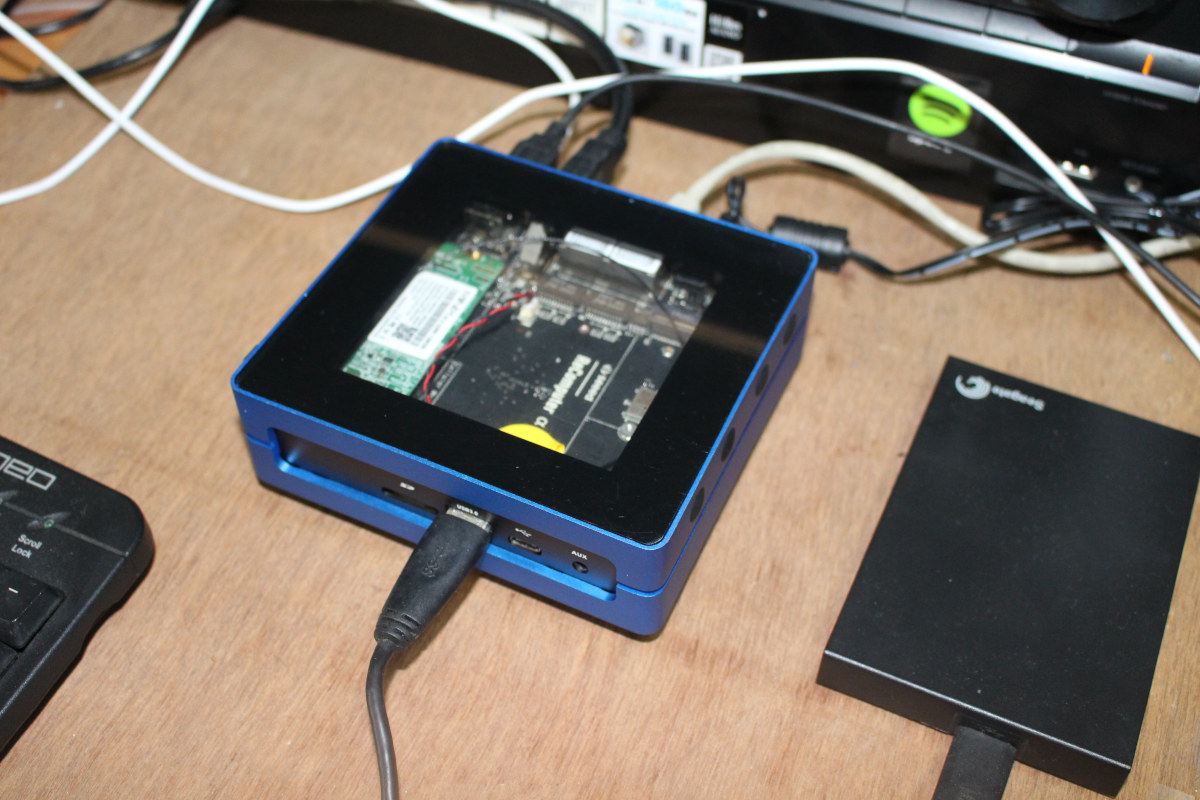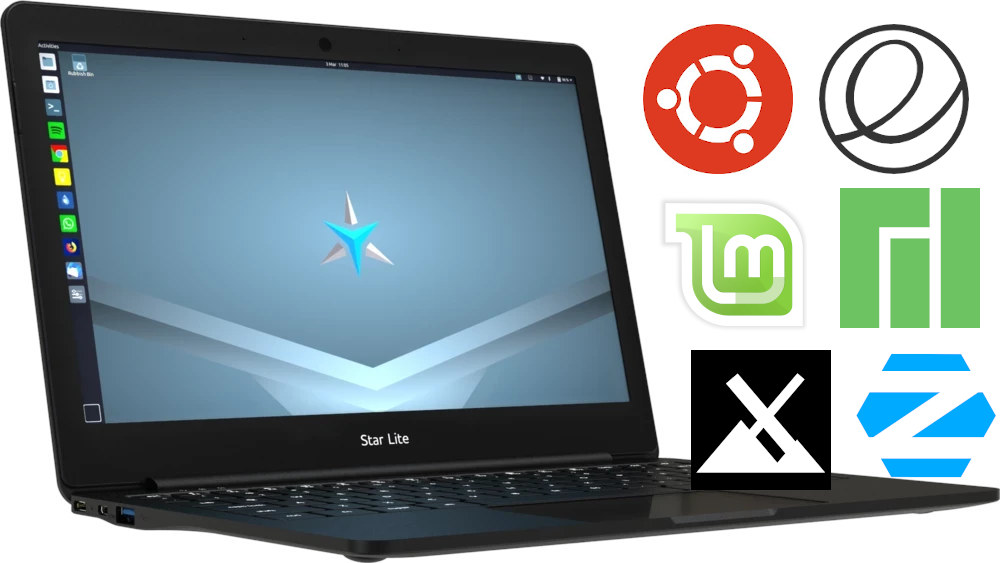RISC-V open architecture has made its way into low-cost low power general purpose MCUs such as Gigadevices GD32V or WCH CH32V103, Western Digital hard drives, some AI processors notably Kendryte K210, and even Linux capable boards including Microsemi’s PolarFire SoC Icicle kit. But more applications featuring RISC-V architecture are coming with, for instance, WCH CH569 RISC-V processor featuring USB 3.0, Gigabit Ethernet, DVP camera, and 1.25 SERDES block all managed by a RISC-V core clocked at 120 MHz. CH569 (and CH565) processor key features and specifications: CPU – RISC-V (RISC-V3A) core @ 120MHz with hardware multiplication and division, programmable interrupt controller, low-power two-stage pipeline Memory – 16KB 32-bit SRAM, 32/64/96KB configurable 128-bit SRAM Storage Internal – 448KB code flash, 32KB data flash External – SD/eMMC controller with single-wire, 4-wire, 8-wire data communication mode. Complies with eMMC card 4.4 and 4.5.1 specifications, and compatible with 5.0 specifications Networking – Gigabit Ethernet […]
QNAP QSW-1105-5T 2.5 Gbps Ethernet Switch Targets Home Users
While Gigabit Ethernet has reigned supreme in the home over the years, 2.5 Gbps, 5 Gbps, or even 10 Gbps Ethernet has been used for a while in the enterprise. But if you intended to upgrade your home network to 2.5 Gbps Ethernet (aka 2.5GbE) possibly with an ODROID-H2+ single board computer in the mix, you may have found 2.5GbE switches are pretty expensive going for several hundred dollars. But QNAP has just launched its first 2.5Gbps Ethernet switch specifically designed for home users with a price in the $100 range, and available in Amazon UK for 108 GBP or in Taiwan for 2,999 NTD. QNAP QSW-1105-5T 2.5 Gbps Ethernet Switch specifications: Ethernet 5x 2.5GbE NBASE-T RJ45 ports (unmanaged) with link/activity LED’s 16K MAC address table Switching capacity – 25Gbps Jumbo Frames – 9K Supported Standards IEEE 802.3 Ethernet IEEE 802.3u 100BASE-T IEEE 802.3ab 1000BASE-T IEEE 802.3bz 2.5GBase-T IEEE 802.3x […]
KitDuino Proto – An Arduino Compatible Board with a Built-in Prototyping Area
At the initial stage of development, many people would connect their Arduino board to a circuit build on a breadboard, and once this is done, some may either want to design their own board or for simpler circuits, simply move from the breadboard to a perfboard with components soldered to it. With Microchip ATMega32U4 based KitDuino Proto you could do that directly on the Arduino board itself since it comes with a small prototyping area. KitDuino Proto specifications: MCU – Microchip ATMega32u4 8-bit AVR MCU @ 8 MHz with 32 KB flash program memory, 2.5 KB SRAM, 1 KB EEPROM Expansion Arduino Leonardo compatible headers 6-pin SPI header Built-in 15 x 13 prototyping area. 3.3V or 5V I/Os Misc – Power LED, Tx/Rx LEDs, 1x user LED Power Supply 5V via Micro USB port (3.8V after regulation) 7+V via DC barrel jack or Vin pin for stable 5V rail 3.3V […]
Waveshare Launches an Affordable 7-Color e-Paper Display
Most e-paper displays are black or white with sometimes red or yellow color being added to the mix. But E-Ink has recently launched several color e-Paper display at prices that will not make it affordable to most projects. Waveshare has launched its fair share of e-Paper displays in the past, and now the company is coming with a relatively affordable 5.65″ color e-Paper display with seven different colors for $74.99 plus shipping. Main features and specifications: Display 5.65″ display (114.9 × 85.8mm) Resolution – 600 × 448 pixels Viewing angle – >170° ACeP (Advanced Color ePaper) 7-color with black, white, green, blue, red, yellow, and orange Greyscale – 2 levels Full refresh time – 15s Dot pitch – 0.1915 × 0.1915mm Host Interface – 3-wire SPI or 4-wire SPI Operating voltage – 3.3V/5V Power Consumption 50mW (typ.) during refresh Standby current – <0.01uA (almost none) Dimensions – Board – 138.5 […]
PolarFire SoC Icicle 64-bit RISC-V and FPGA Development Board Runs Linux or FreeBSD (Crowdfunding)
We got some more details about PolarFire RISC-V FPGA SoC late last year, and we were promised a Linux capable 64-bit RISC-V & FPGA development board with PolarFire SoC Icicle kit in Q3 of 2020. We are already in July 2020. So where is the board? Oh, look! It’s right here on Crowd Supply where it is offered for $499, and shipping is expected to start in mid-September. PolarFire SoC Icicle specifications: SoC FPGA – PolarFire SoC MPFS250T-FCVG484EES penta–core RISC-V CPU subsystem (1xRV64IMAC, 4xRV64GC) with 254K LE non-volatile fabric, 784 18 × 18 math blocks, secure boot, 4x 12.7 Gbps SERDES, FCVG484 package (19 × 19 mm, 0.8 mm pitch) System Memory – 2GB LPDDR4 x32 Storage – 1 GBit QSPI Flash, 8GB eMMC Flash or SD card slot (multiplexed) Video Output – HDMI 2.0 (removed from final board) Connectivity – 2x Gigabit Ethernet, Wi-Fi, and Bluetooth USB – 1x […]
Beware of Fake Heart Rate Sensors in Low-Cost Fitness Trackers
Manufacturers always attempt to lower the BoM costs of their products to increase sales and boost profits. Most do it in an honest way, but some are either incompetent or deceptive as we’ve recently seen in an IR thermometer was the infrared unit was not connected to the mainboard. I’ve just been informed about another trick that’s been going on for a while. Some ultra-cheap fitness trackers come with fake heart rate sensors that are simply replaced by two LED’s to simulate the real thing. The trick was discovered last year by Aaron Christophel who purchased several fitness trackers believe to be based on Nordic Semi nRF52832 in order to as he wanted to use Arduino firmware with those. He managed to do so in several with IWOWNFIT I6HRC tracker being the best suited for the tasks. But he also found some bad apples in the lot with several trackers […]
ODYSSEY-X86J4105 Gemini Lake & Arduino SBC Review with Windows 10 Enterprise
I’ve recently received ODYSSEY-X86J4105 SBC with Re_Computer case, and we’ve had a look at the SBC hardware, installed some internal components like an M.2 SATA SSD, and play around Re_Computer case using Raspberry Pi 4, Beaglebone Green Wireless and Jetson Nano SBC, before assembling the Intel SBC into the enclosure. I’ve now taken the time to test the combo using the pre-installed Windows 10 Enterprise operating systems. ODYSSEY-X86J4105 is very much like any Intel Gemini Lake mini PC, but with the addition of Arduino and Raspberry Pi headers, so we’ll look at those as well. Connections and First Boot For the first boot, I connect USB mouse and keyboard, a HDMI cable to a 4K TV, an Ethernet cable, a USB 3.0 hard drive, and finally the power supply. I actually had a small problem during boot, but we’ll talk about it later as it’s really specific to my setup, […]
Star Lite Mk III Pentium N5000 Laptop Ships with a Choice of 6 Linux Distributions
There aren’t that many companies shipping Linux laptops, and often it’s either at the entry-level of the market with Arm-based Pine64 PineBook or PineBook Pro, or at the higher-end with products such as Dell XPS 13 developer edition or System76 Linux laptops. If you’d like something in between, you could install Ubuntu on a laptop yourself, but drivers are not always working, and sometimes when the laptop is confirmed to work, the manufacturer may decide to completely redesign the hardware. Star Lite Mk III Linux laptop may be an interesting alternative, as the Intel Pentium N5000 Gemini Lake laptop is up for pre-order for $427 US and up with delivery scheduled to start in September. Specifications: SoC – Intel Pentium N5000 quad-core Gemini Lake processor @ 1.1 GHz / 2.7 GHz (Turbo) with 4MB cache, Intel UHD 605 graphics @ 200/750 MHz; 6W TDP System Memory – 8GB LPDDR4 @ […]


